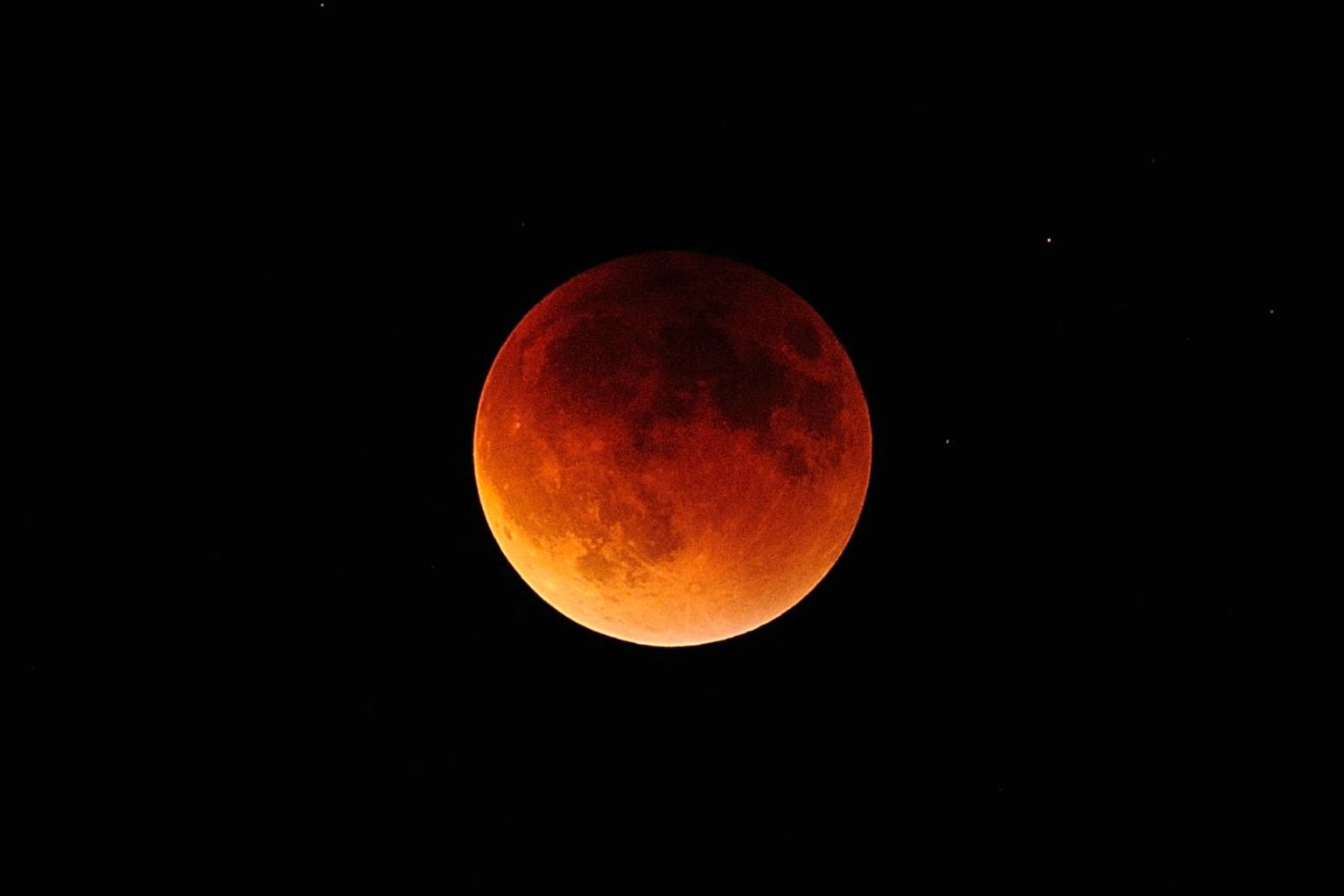The year 2025 promises a celestial feast for stargazers, offering a diverse array of astronomical events that will captivate both seasoned astronomers and casual observers. From dramatic lunar eclipses painting the moon a crimson red to the subtle dance of planets aligning in the night sky, the cosmos has prepared a spectacular show. Meteor showers will streak across the darkness, while supermoons will illuminate the night with their enhanced brilliance.
Two total lunar eclipses, or “blood moons,” will be major highlights of 2025. The first will occur on March 13-14, predominantly visible across North America, with the moon bathed in Earth’s shadow for a full 65 minutes. The second blood moon will follow on September 7-8, treating viewers in Europe, Asia, Australia, and parts of Africa and South America to the mesmerizing spectacle. These eclipses occur when Earth perfectly aligns between the sun and moon, casting a reddish hue onto the lunar surface as sunlight is refracted and scattered through Earth’s atmosphere. In contrast, two partial solar eclipses will also occur in 2025. The first will take place on March 29, visible across portions of Europe, Asia, Africa, and the Americas. The second will grace the skies on September 21, visible from parts of Australia, Antarctica, and certain Pacific islands. During these partial solar eclipses, the moon partially obscures the sun, creating a crescent-shaped sun, a sight that demands proper eye protection for safe viewing.
Planetary alignments will also grace the 2025 night sky. A remarkable “planet parade” is predicted for January 25, featuring Venus, Saturn, Jupiter, and Mars aligning in the evening sky. The absence of the crescent moon during the early evening will further enhance the visibility of this planetary alignment against the backdrop of a darker sky. Adding to the planetary spectacle, Neptune will appear close to Venus, while Uranus will be positioned near Jupiter, a delight for telescope users. Venus, in particular, will reach peak brilliance on February 19, shining at a magnitude of -4.5, making it the brightest object in the night sky after the moon. This dazzling display is a result of Venus’s position in its orbit relative to Earth.
Three supermoons will enhance the lunar calendar of 2025. These supermoons, occurring when a full moon coincides with its closest orbital approach to Earth, result in a larger and brighter appearance than usual. The Hunter’s Moon on October 7, the Beaver Moon on November 5, and the Cold Moon on December 4 will all exhibit this enhanced brilliance, with the November 5 Beaver Moon being the largest of the three. The illusion of increased size is amplified when the moon is viewed near the horizon, where terrestrial objects provide a scale for comparison. The term “supermoon,” while not a formal scientific designation, captures the moon’s enhanced appearance during perigee-syzygy, the alignment of the Earth, Moon, and Sun when the moon is at its closest point to Earth in its orbit.
Meteor showers, another captivating celestial event, will punctuate the 2025 night sky. The year begins with the Quadrantid meteor shower, peaking on January 2-3, potentially producing up to 200 meteors per hour during its brief peak. Following the Quadrantids, the Lyrids will grace the skies from April 15-30, peaking on April 21-22. The Eta Aquarids will reach their peak on May 3-4. Two of the most prolific meteor showers, the Perseids and Geminids, will illuminate the summer and winter skies respectively. The Perseids will peak between July 17 and August 24, while the Geminids will dazzle observers from December 4-20. These showers occur when Earth passes through debris fields left by comets or asteroids. As these particles enter Earth’s atmosphere, they burn up, creating the brilliant streaks of light across the night sky.
The Quadrantids, for instance, originate from the asteroid 2003 EH1, showcasing meteors with distinctive blue or yellow-white hues. For optimal viewing of meteor showers, finding a dark location away from city lights is essential. Allowing your eyes to adjust to the darkness for at least 15 minutes enhances the viewing experience. Patience is key to witnessing the full spectacle of these fleeting celestial displays. The year 2025 is poised to be an exceptional year for astronomical observations, offering a diverse range of events that will captivate and educate both novice and experienced sky watchers.

